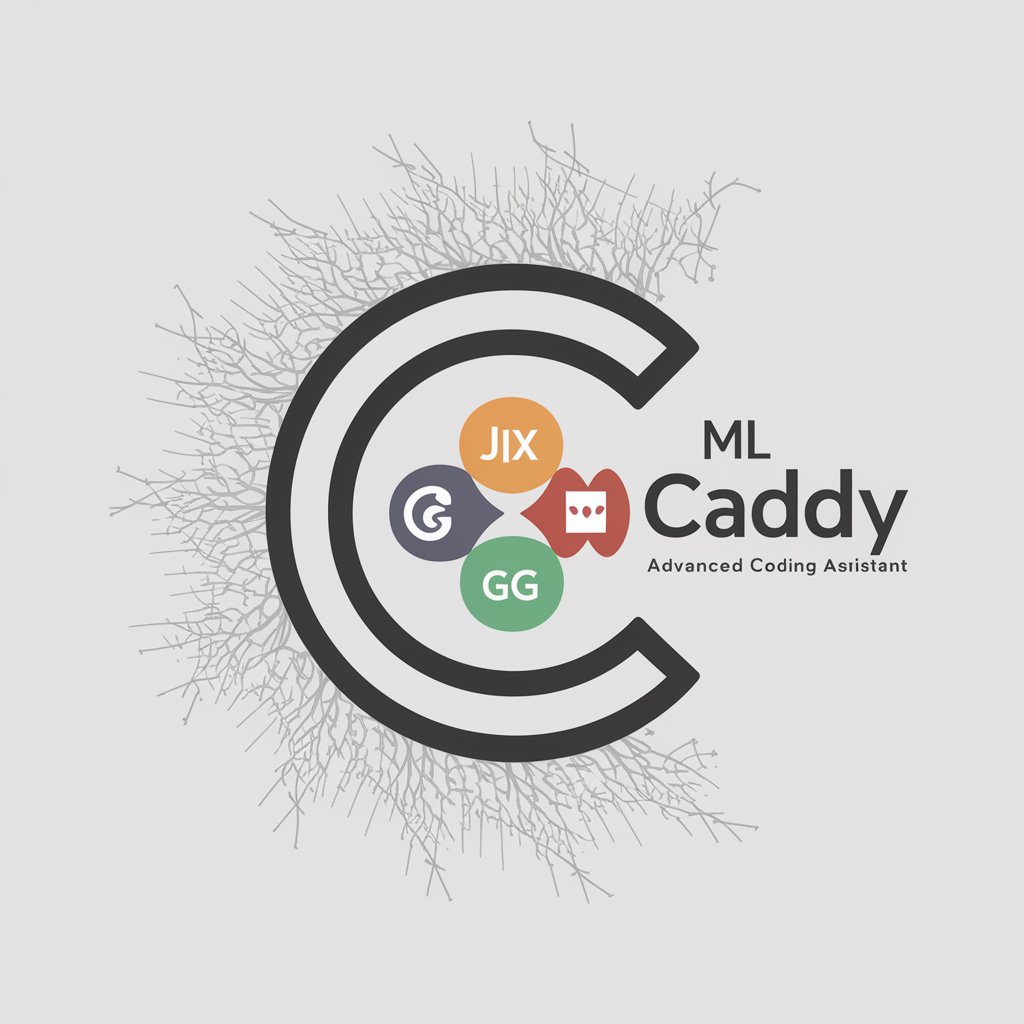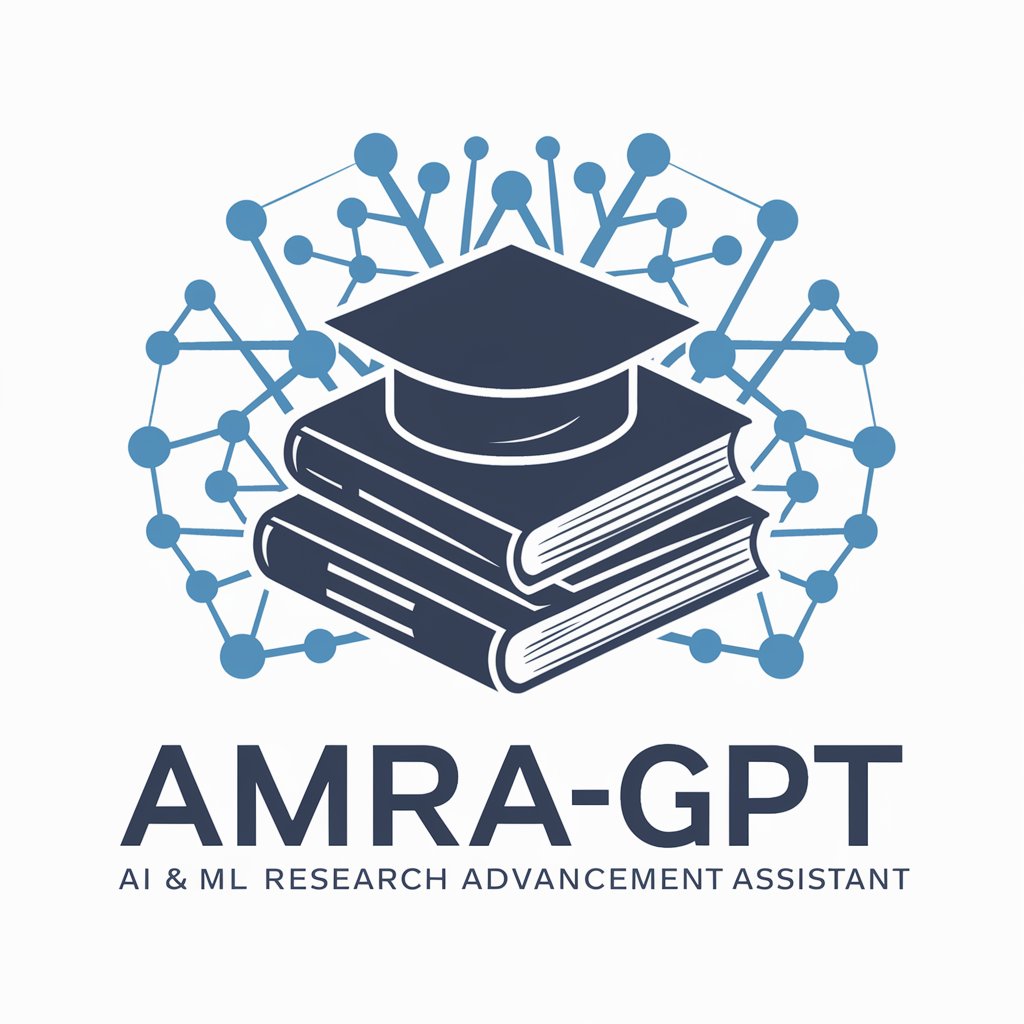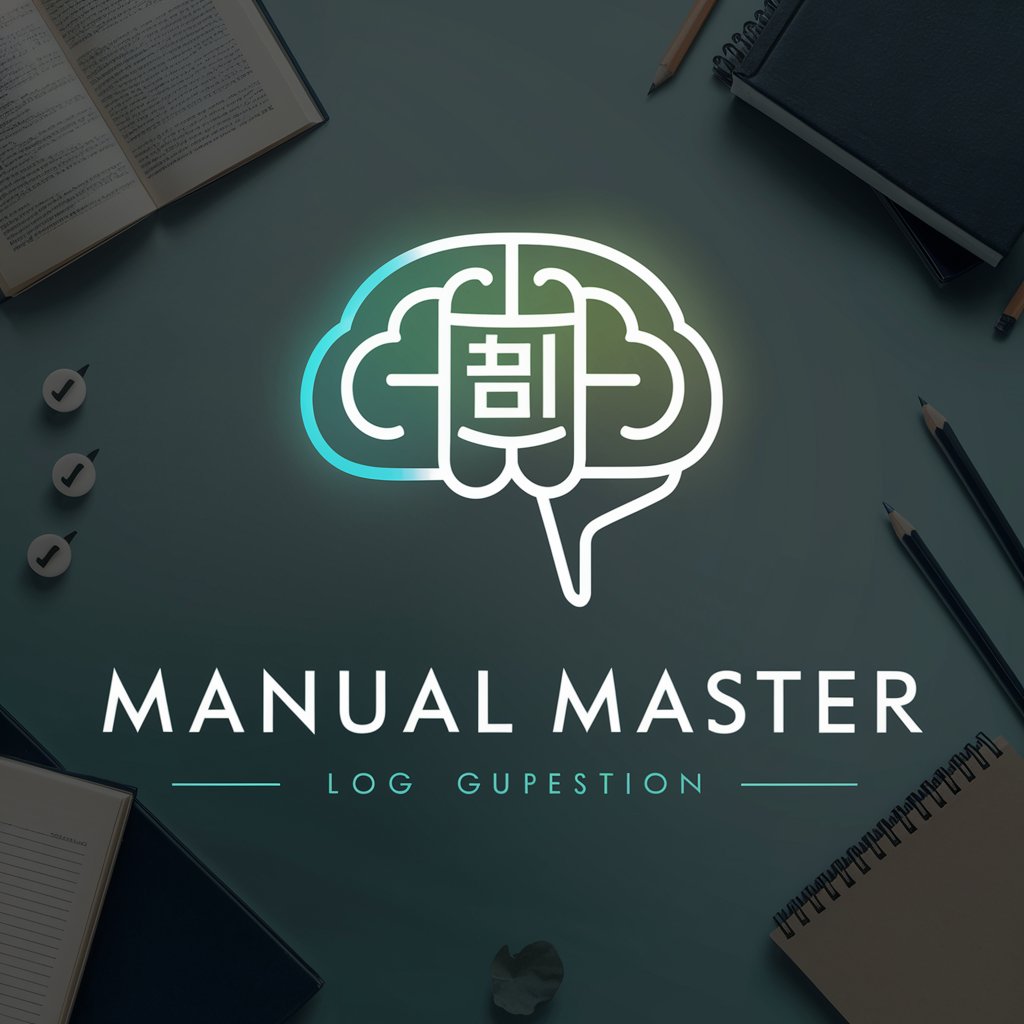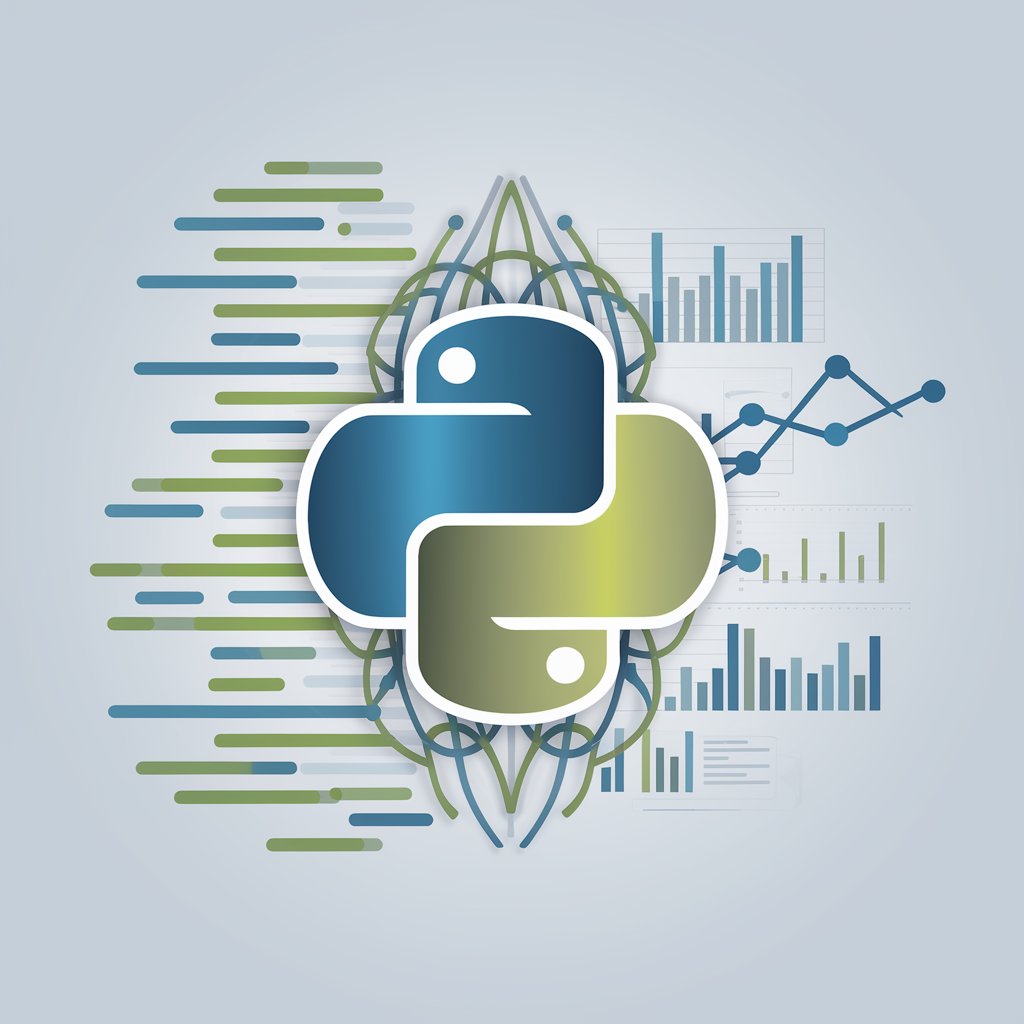
ML Caddy - Specialized Coding Assistant

Hi there! How can I assist you with your ML projects today?
Empowering your ML coding journey with AI.
Explain how to use JAX for neural network training...
What are the best practices for optimizing PyTorch models...
How can GGML be utilized for efficient machine learning...
Show an example of combining JAX and PyTorch in a project...
Get Embed Code
Introduction to ML Caddy
ML Caddy is a sophisticated coding assistant designed to enhance the coding experience specifically within the domains of JAX, PyTorch, and GGML. Its primary goal is to provide exploratory guidance, suggestions, and solutions for coding queries related to machine learning and deep learning. ML Caddy is engineered to actively seek clarification on unclear queries, ensuring the advice and solutions provided are both accurate and highly relevant. It aims to demystify complex machine learning concepts and coding challenges by delivering technical explanations in plain English, making advanced coding practices accessible to a broader audience. An example scenario illustrating ML Caddy's purpose would be assisting a user in optimizing a neural network model in PyTorch by suggesting code optimizations, identifying potential bottlenecks, and recommending best practices for efficient training. Another scenario could involve guiding a user through the steps of implementing a custom gradient operation in JAX, providing code snippets, and explaining the underlying principles in a clear and concise manner. Powered by ChatGPT-4o。

Main Functions of ML Caddy
Exploratory Guidance
Example
Offering step-by-step guidance on converting a TensorFlow model to PyTorch.
Scenario
A user unfamiliar with PyTorch wishes to migrate a model from TensorFlow. ML Caddy would provide detailed instructions, code examples, and highlight key differences between the frameworks.
Code Optimization Suggestions
Example
Identifying inefficient data loading practices in a JAX application and suggesting improvements.
Scenario
A developer struggling with slow training times receives advice on optimizing data pipelines, leveraging parallel processing, and using JAX's just-in-time compilation features for better performance.
Clarification and Problem-Solving
Example
Clarifying the use of GGML's graph-based machine learning algorithms for a specific problem.
Scenario
A researcher looking to apply graph neural networks in their project gets detailed explanations on how GGML can be leveraged for their specific use case, including example code and references to relevant studies.
Best Practices and Recommendations
Example
Recommending best practices for model deployment and scalability in PyTorch.
Scenario
A startup aiming to deploy their PyTorch model at scale receives advice on efficient model serialization, serverless deployment options, and strategies for managing computational resources.
Ideal Users of ML Caddy Services
Machine Learning Developers
Developers working on machine learning projects who seek to improve their code quality, efficiency, and understanding of JAX, PyTorch, and GGML. They benefit from ML Caddy's ability to provide targeted advice, optimization strategies, and code examples tailored to their specific needs.
Data Scientists and Researchers
Individuals in academia or industry conducting research or building models who need to navigate the complexities of implementing, training, and deploying machine learning models. ML Caddy assists by clarifying concepts, suggesting innovative approaches, and offering insights into best practices for model development and experimentation.
AI Enthusiasts and Hobbyists
Hobbyists and AI enthusiasts eager to explore machine learning frameworks and concepts. They benefit from ML Caddy's simplified explanations and guidance, making advanced machine learning techniques more accessible and less intimidating to beginners.
Educators and Trainers
Professionals teaching machine learning, deep learning, or related subjects who look for resources to explain complex concepts in simpler terms. ML Caddy serves as a valuable tool to enhance teaching materials with practical examples, code snippets, and clear explanations.

How to Use ML Caddy
Start with YesChat.ai
Begin your journey by visiting yeschat.ai to access a free trial of ML Caddy, requiring no sign-in or subscription to ChatGPT Plus.
Identify Your Needs
Determine the specific machine learning or coding assistance you require, whether it's JAX, PyTorch, or GGML-related queries.
Prepare Your Questions
Formulate clear, concise questions or descriptions of the issues you're facing. This helps in getting precise and useful guidance.
Engage with ML Caddy
Interact with ML Caddy by inputting your questions. Utilize the provided guidelines for optimal query formulation for better assistance.
Apply Recommendations
Implement the advice or solutions offered by ML Caddy in your projects. Experiment with the suggestions to fully grasp their impact.
Try other advanced and practical GPTs
AGI Jesse ML Engineer
Empowering Financial Decisions with AI

MJ Maestro™️
Empowering creativity with AI-driven prompts

MJ 3D Character Prompt
Craft Unique 3D Characters with AI

Mommy's Helper
Empowering Your Pregnancy Journey with AI

Haz Mi Tarea
AI-powered academic task solver

Code With Me Now
Streamlining code development with AI

InnoThink AI
Empowering Research with AI Insights

مستشار الأعمال الرقمية
Empowering Your Online Business with AI

MM
Crafting Clarity in Education

Academic Paper Analyzer
Empowering research with AI-driven analysis.

Baza Wiedzy Letniskowo
AI-powered Insight into Mobile Living

الربح من الانترنت
Empowering Earnings with AI Guidance

Frequently Asked Questions about ML Caddy
What programming languages does ML Caddy support?
ML Caddy specializes in providing assistance for JAX, PyTorch, and GGML, focusing primarily on these frameworks within the Python programming language.
Can ML Caddy help beginners in machine learning?
Absolutely. ML Caddy is designed to aid users at all levels, from beginners to advanced. It offers explanations and guidance tailored to the user's experience level.
How does ML Caddy differ from other coding assistants?
ML Caddy is specifically tailored for machine learning frameworks like JAX, PyTorch, and GGML, offering more specialized and in-depth assistance than general coding assistants.
Is there a cost to using ML Caddy?
ML Caddy can be accessed for a trial without any login or subscription to ChatGPT Plus, making it initially free to use for exploratory guidance.
How can I provide feedback or get support for ML Caddy?
Feedback or support requests can typically be submitted through the platform's contact form or support channels, ensuring users can contribute to its improvement and resolve issues.





